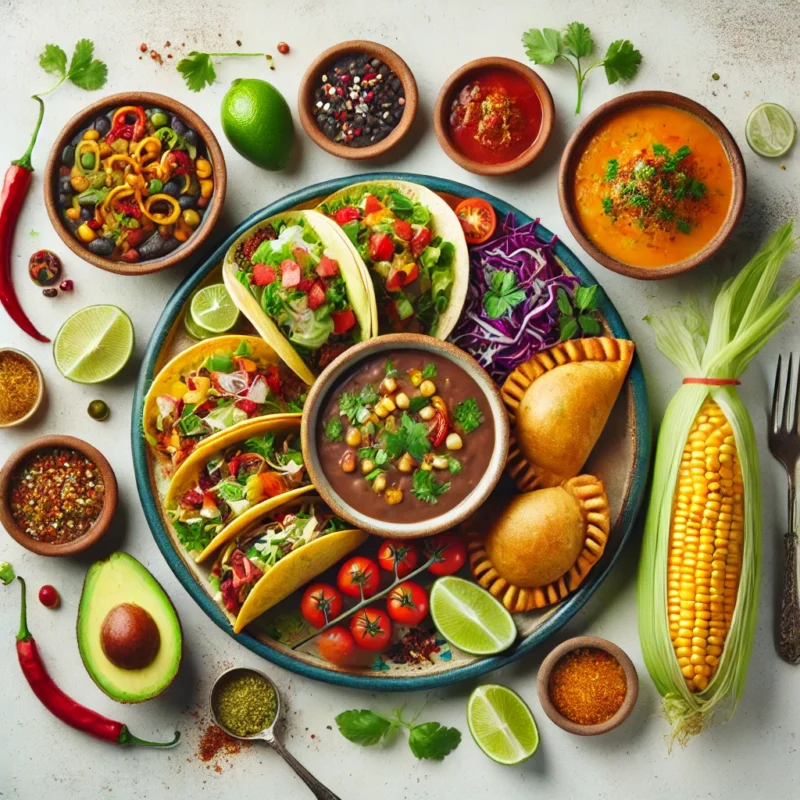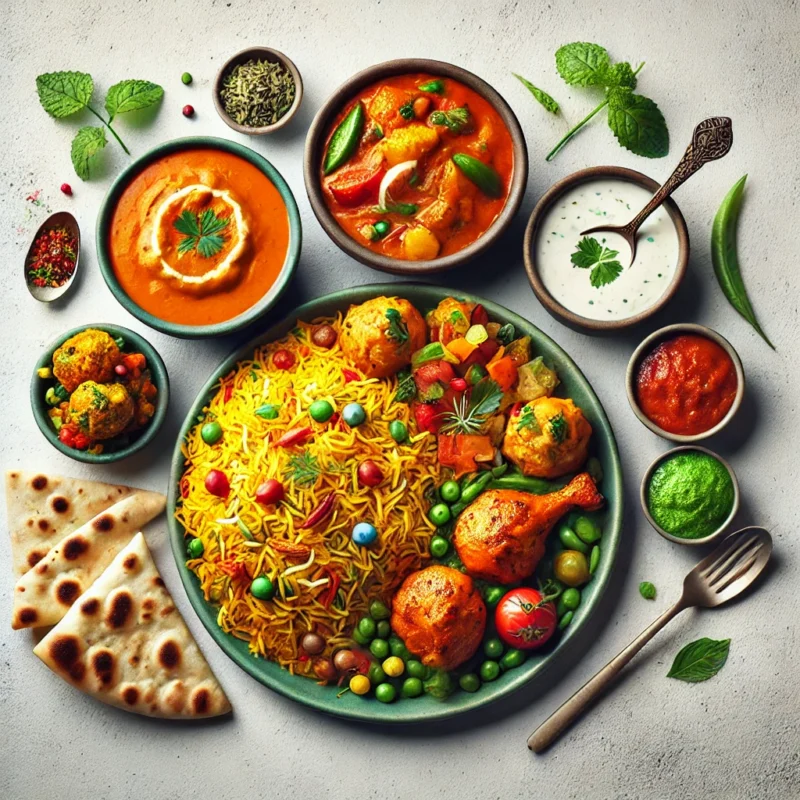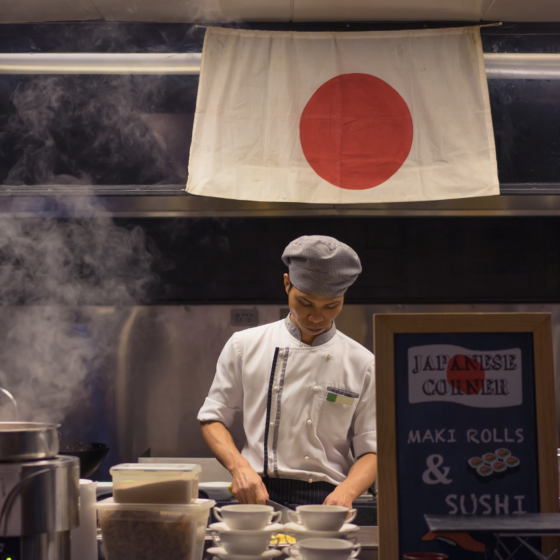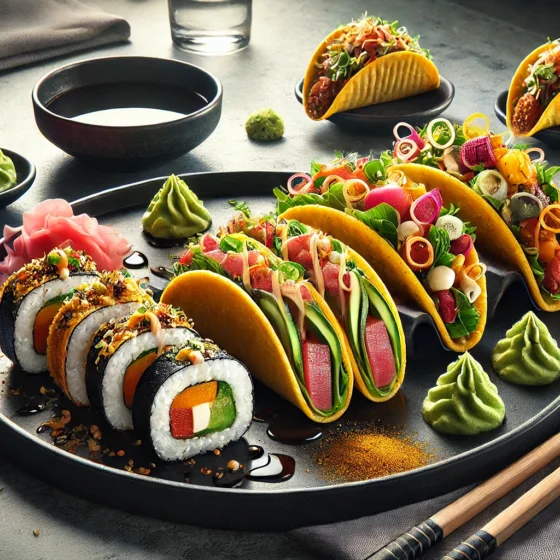Embarking on a culinary journey to explore exotic dishes brings us face to face with the rich tapestry of global cultures and their unique palate of flavors. The quest for exotic foods serves not just as an indulgence in gastronomic delight but stands as a testament to the diversity of what the world’s cuisines have to offer. From the sumptuous array of exotic dishes that span across continents to the singular allure of exotic ingredients that promise an adventure for the taste buds, understanding and appreciating these culinary treasures opens up a new dimension of global connection and cultural appreciation. The significance of exotic dishes extends beyond their taste, embodying the stories, traditions, and innovations of ethnic foods from around the globe.
This article delves into the realm of exotic cuisines, offering readers a glimpse into the exotic flavors and ingredients that define some of the most exotic dishes to cook and try. From the intricate spice blends that characterize Asia’s culinary contributions to the bold and uncharted ingredients found in African kitchens and the vibrant, zestful concoctions that define Latin American fare, each section reveals a piece of the mosaic that is world cuisine. Along the journey, not only will the most exotic dishes be highlighted, but also the exotic food to try that encapsulates the essence of each region’s gastronomic legacy. By unveiling the exotic dishes meaning and exploring the exotic food around the world, this article aims to inspire a greater appreciation for the exotic cuisines that tell the tale of humanity’s rich and diverse food heritage.
The Allure of Exotic Ingredients
Cultural Significance
The perception of what constitutes an exotic ingredient varies significantly across different cultures and is deeply influenced by individual experiences with food. For instance, while rabbit and horse might be considered exotic and unpalatable in the United States, they are commonplace in other parts of the world such as parts of Europe and Asia. Conversely, foods like hamburgers, which are standard fare in the U.S., may be seen as exotic in regions like northwest India . Similarly, the consumption of insects in Mexican cuisine, particularly during the roach festival in Taxco, highlights a stark contrast in what is deemed palatable or exotic across different cultures . This diversity in dietary preferences underscores the cultural relativity of food and its role in shaping and reflecting societal norms and traditions .
Historical Context
Historically, the allure of exotic ingredients has been intertwined with their rarity and the prestige associated with their origins. Spices, for instance, were not just culinary enhancers but also symbols of wealth and status in ancient times. They played a crucial role in various aspects of life, including medicine, beauty, and spirituality, particularly in European nobility’s cuisine . The shift in culinary preferences in northern European nobility, which began in the latter half of the 17th century, marked a significant change in the perception of spices. As spices became more accessible due to mass cultivation, their status as luxury items diminished, leading to a culinary evolution towards subtler and more indigenous flavors like truffles and mushrooms .
The exploration of exotic ingredients is not just a pursuit of unique flavors but a gateway to understanding the historical and cultural tapestries that define societies. The exchange of culinary practices and ingredients like spices and exotic fruits such as dragon fruit and passion fruit has enriched global cuisine, making it a dynamic and ever-evolving art form . This ongoing culinary exchange continues to challenge and expand our taste horizons, offering a deeper appreciation of the world’s diverse cultural heritage through food.

Journey Through Asia: Unique Flavors and Ingredients
Exploring the Ingredients
The culinary landscape of Asia is vast and varied, offering an array of unique ingredients that form the backbone of its rich gastronomic heritage. Ingredients such as fermented red bean curd, black garlic, and Kaffir lime leaves are staples in many Asian kitchens, each adding distinct flavors and aromas to the dishes they grace . Fermented black beans and salted duck eggs are other examples, commonly used in stir-fries and savory pastries, infusing meals with depth and complexity .
In the realm of spices and herbs, the diversity continues with essentials like white pepper, commonly used in Chinese and Japanese cuisines for its subtle yet distinctive flavor . Similarly, Sichuan peppercorns and black cardamom provide a smoky heat and a cooling numbing sensation that is quintessential in many regional dishes . These ingredients are not just culinary components but are integral to the cultural identity and culinary practices across Asia.
Popular Dishes: Recipes and Techniques
Asian cuisine is celebrated for its diverse range of dishes, from the simple and comforting to the complex and aromatic. Classic dishes such as Chicken Teriyaki, Easy Chicken Fried Rice, and Beef Teriyaki Noodles showcase the versatility and appeal of Japanese and Chinese cooking techniques . These dishes are not only beloved for their taste but also for their adaptability, allowing cooks to incorporate local and seasonal ingredients .
The technique of stir-frying, a common method in Asian cooking, utilizes high heat and quick cooking times to preserve the flavors and textures of ingredients like shrimp paste and Chinese sausages . This method is evident in dishes like Pineapple Shrimp Stir-Fry and Pork Chop Stir-Fry, which combine vibrant flavors with crisp textures .
Moreover, the use of aromatic herbs such as cilantro and scallions adds a fresh, vibrant layer to dishes, enhancing their flavor without overpowering the main ingredients . These herbs are often used as garnishes, adding both color and taste to a variety of dishes from noodle bowls to stir-fries.
Through these ingredients and techniques, Asian cuisine offers a palate of flavors that is continually evolving, yet deeply rooted in tradition. The exploration of these dishes not only satisfies culinary curiosity but also deepens the appreciation for Asia’s cultural diversity and culinary excellence.

African Culinary Heritage: Unveiling Secret Ingredients
Common African Ingredients
African culinary traditions are deeply rooted in the diverse array of ingredients that are both indigenous and integral to various regional dishes. Ingredients such as bananas, olive oil, ginger, and lemon are staples that enhance the flavors of many African recipes . Similarly, the use of cassava, a versatile root crop, is prominent across many African cultures, where it is transformed into a variety of dishes, showcasing its adaptability and importance as a staple food .
Unprocessed palm oil, often referred to as red oil, is another crucial ingredient. It is favored in West African cooking for its ability to impart a distinctive flavor and color to dishes, particularly soups and stews . The inclusion of ingredients like crayfish powder and Guinea pepper seeds adds depth and a unique taste to meals, reflecting the rich flavor profiles that characterize African cuisine .
How to Use African Ingredients in Dishes
Understanding how to incorporate these ingredients effectively can transform the culinary experience. For instance, coconut milk is used as a curry thickener in dishes such as Kuku na Nazi (Chicken with coconut milk) and provides a lactose-free alternative to traditional dairy . Egusi seeds, known for their rich flavor, are ground into a paste to thicken soups, a common practice in West African cooking .
The preparation of traditional sauces and condiments like the West African pepper sauce, which combines habaneros, tomatoes, ginger, and onions, showcases the region’s preference for bold and spicy flavors. This sauce not only complements a variety of dishes but also stands as a testament to the culinary creativity and heritage of the region .
Moreover, the adaptability of plantains in African cuisine is notable. They are used in both unripe and ripe forms, from being boiled and pounded for fufu to being roasted or grilled when ripe, demonstrating the ingredient’s versatility .
Through these ingredients and their culinary applications, African dishes offer a rich tapestry of flavors that are continually celebrated and explored across the globe.
Discovering Latin American Exotic Ingredients
Key Ingredients and Uses
Latin American cuisine is a vibrant tapestry woven from the diverse culinary traditions of its many countries, each influenced by their unique histories and natural resources. Ingredients such as chili peppers, corn, and beans are staples across the region, reflecting the indigenous heritage while accommodating modern and typical dishes . For instance, the use of red oil in West African cooking mirrors the preference for bold and spicy flavors that are also prominent in Latin American dishes .
The versatility of Latin American ingredients is evident in the preparation of traditional dishes. Corn, for example, is not just a side dish but a fundamental component used in various forms such as tortillas and tamales . Similarly, chiles and peppers are not merely additives but are central to the identity of many Latin American dishes, providing both heat and flavor .
Signature Dishes
Exploring the signature dishes of Latin America offers a glimpse into the cultural and culinary diversity of the region. Each country presents a dish that encapsulates its culinary heritage, such as the Brazilian Feijoada, a rich stew of black beans with pork, or the Argentine Asado, a barbecue that is both a cooking technique and a social event . These dishes are not only a feast for the palate but also a reflection of the social and historical contexts that have shaped Latin American cuisines.
In Mexico, the traditional Mole Poblano represents the fusion of indigenous and Spanish influences, combining chili peppers with chocolate to create a rich, complex sauce that is typically served over turkey . This dish exemplifies the intricate layering of flavors that is characteristic of Mexican cuisine, which is renowned for its bold and spicy dishes that incorporate a wide variety of chilies .
Through the key ingredients and signature dishes, Latin American cuisine offers a rich narrative of cultural exchange, adaptation, and innovation. The culinary practices of the region are a testament to the resilience and creativity of its people, making Latin American food a compelling study of history, culture, and gastronomy.

Conclusion
As we journey through the intricate landscapes of global cuisines, from the vibrant spice markets of Asia to the rich, hearty flavors of African dishes, and the zestful concoctions of Latin America, we uncover the essence of a world united by its diversity in culinary expressions. The exploration of exotic ingredients and traditional dishes not only broadens our palate but also deepens our appreciation for the cultural tapestries that bind humanity. The significance of these culinary treasures lies not just in their unique flavors but in their ability to tell the stories of communities, their histories, and their connections to the natural world. Through this gastronomic voyage, we recognize the universal language of food as a powerful medium for cultural exchange and understanding.
Acknowledging the vast range of exotic dishes and ingredients discussed, it is evident that the pursuit of culinary discovery is an endless journey, rich with flavors, traditions, and innovations waiting to be explored. This exploration serves not only as a celebration of global gastronomy but also as a call to further appreciate and preserve the culinary heritage of cultures around the world. As we embrace the diversity of global cuisines, we open our minds and hearts to the endless possibilities that food presents in connecting us with different cultures and celebrating the universal joy of eating. In turn, this encourages a continuous dialogue and exchange, further enriching our global culinary landscape.
FAQs
What are examples of exotic dishes from around the world?
Exploring the World’s Most Exotic Foods includes a variety of unique dishes such as Balut from the Philippines, which is a fertilized duck embryo boiled and eaten from the shell, Escamoles, Huitlacoche, Fried Tarantulas from Cambodia, Shirako, Stargazy Pie, Witchetty Grubs, and Century Egg.
How do we define exotic food?
Exotic foods are those that are uncommon and not typically found in everyday cuisine. Examples include unique spices that enhance fragrance and flavor, such as rose water or certain flowers. Additionally, some Asian cuisines incorporate rare spices and leaves, adding to their exotic nature.










